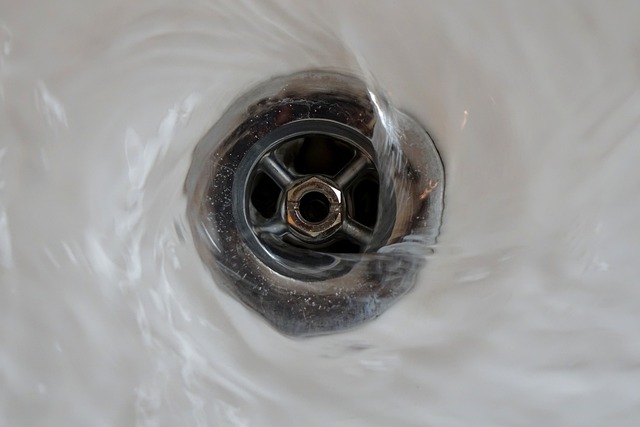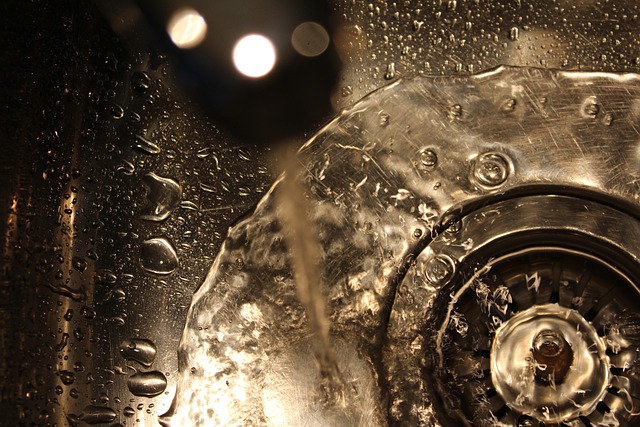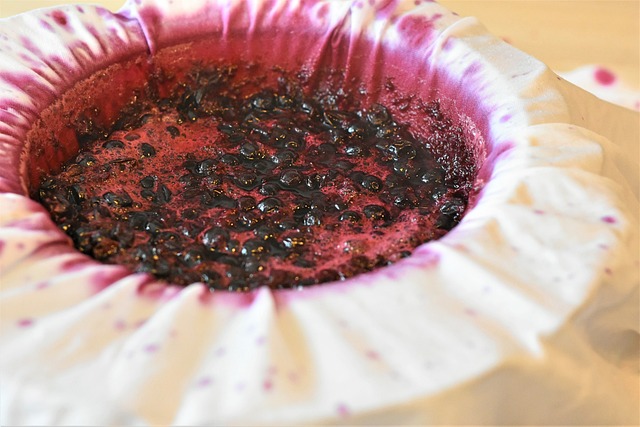Homeowners must stay vigilant for signs of a clogged drain to prevent serious plumbing problems. Watch for slower drainage, standing water, gurgling noises, and foul smells. Immediate action is required if these issues persist or if clogs won't clear with a plunger to avoid backups and damage to drains.
Are you tired of dealing with slow-draining sinks and unsanitary conditions? Knowing the signs of a clogged drain is crucial for maintaining a clean and safe home. This article guides you through identifying common indicators, such as slow drainage speed, water standing in sinks or tubs, and unpleasant odors. We’ll also explore when to take action through prevention and early intervention, including regular cleaning and what not to put down the drain. Learn when it’s time to call a professional plumber for persistent clogs or concerning symptoms like strong odors and gurgling sounds.
- Identifying Common Signs of a Clogged Drain
- – Slow drainage speed
- – Water standing in the sink or tub
Identifying Common Signs of a Clogged Drain

Many homeowners often wonder, “When should I worry about my drain?” The answer is simple: as soon as you notice unusual changes in its performance. Identifying common signs of a clogged drain early on can prevent costly damages and inconvenient backups. Slow drainage or water that stands still after running the tap are initial indicators. You might also hear gurgling sounds coming from pipes, an unusual smell emanating from your drains, or notice that sinks and showers drain more slowly than usual.
Other telltale signs include clogs that won’t dislodge with a plunger and frequent instances of water backing up into sinks or toilets. If you observe any of these signs of a clogged drain, it’s time to take action. Prompt attention can save you from potential plumbing disasters and ensure your drains remain in top working condition.
– Slow drainage speed

If your drain is taking an unusually long time to clear, it could be a sign that something is amiss. One of the key indicators of a clogged drain is a significant slowdown in drainage speed. When water goes down the sink, shower, or bathtub, it should do so smoothly and without delay. If you notice that it’s draining at a much slower pace than usual, this could mean that pipes are partially or fully blocked.
This issue may not immediately signal a severe clog, but ignoring it can lead to more serious problems. Over time, slow drainage can become a recurring issue, ultimately resulting in a complete blockage. Keep an eye on your drain’s performance; if you consistently experience sluggish drainage, it’s time to investigate further and consider potential solutions before the problem escalates.
– Water standing in the sink or tub

If you notice water standing in your sink or tub, it’s one of the clearest signs that something is amiss with your drain. This isn’t simply a case of a slow drain; it indicates a complete blockage that prevents water from flowing away. The water may start to rise slowly, or it might pool at the edge of the sink or tub, creating an unsightly mess and potential damage if left unattended.
Standing water is often accompanied by other telltale signs of a clogged drain, such as gurgling sounds coming from the pipes or a sink that drains exceptionally slowly. If you observe any of these symptoms, it’s crucial to act promptly to prevent further complications. Clogs can worsen over time, leading to more severe plumbing issues and potential backups into your home.
If you’ve noticed slow drainage speeds and water standing in your sink or tub, it’s time to take action. These are clear signs of a clogged drain that can escalate quickly. Don’t wait until the problem becomes severe; addressing clogs early is essential to prevent damage to your plumbing and ensure a smooth, hassle-free experience. Remember, identifying the signs of a clogged drain at the first hint of trouble can save you from costly repairs down the line.
